Description
Each year the color of the honey varies with the types of plants
visited by the bees and the time of year that the honey is removed
and the weather. Late honey is usually darker in color because of the
goldenrod that blooms later in the summer.
There are many other characteristics of minimally processed natural
honey that are important to the consumer. Natural honey still has the
pollen needed to build antibodies for fighting allergies. It also contains
Royal Jelly, propalis and other important enzymes and anti-oxidants
found only in natural, local honey, that are so important in maintaining
good health and building immunities to allergies.
Flavor Information (if available):
BASSWOOD: Produced from the cream-colored Basswood blossoms found throughout North America, Basswood honey is one of the few exceptional honey varieties that has a light color and yet strong biting flavour and a distinctive lingering flavour. It’s somewhat fresh, pleasant “woody” scent is very good with teas like Earl Grey and works well for salad dressings and marinades.
BLUEBERRY: Produced in New England and in Michigan, Blueberry honey is taken from the tiny white flowers of the blueberry bush. It is typically light amber in color, has a pleasant flavor, a slight tang, and a blueberry aftertaste. A good table honey.
WILDFLOWER: Also known as “multifloral” or “mixed floral” honey, Wildflower is often used to describe honey varieties from miscellaneous and undefined flower sources. Its colour can vary from very light to dark and flavor range from light and fruity to tangy and rich, depending on the mix from the different seasonal wildflowers.
Additional information
| Flavor | Bass Wood, Blueberry Blossom, Clover, Wild Flower, Wild Flower Late Fall |
|---|

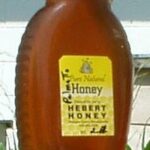
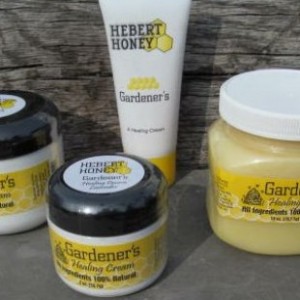
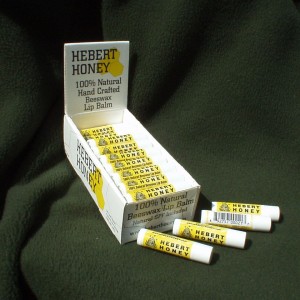
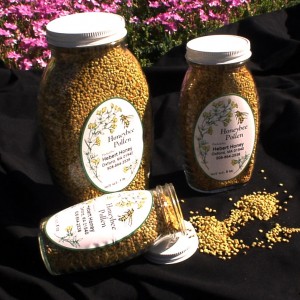
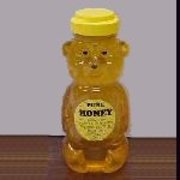

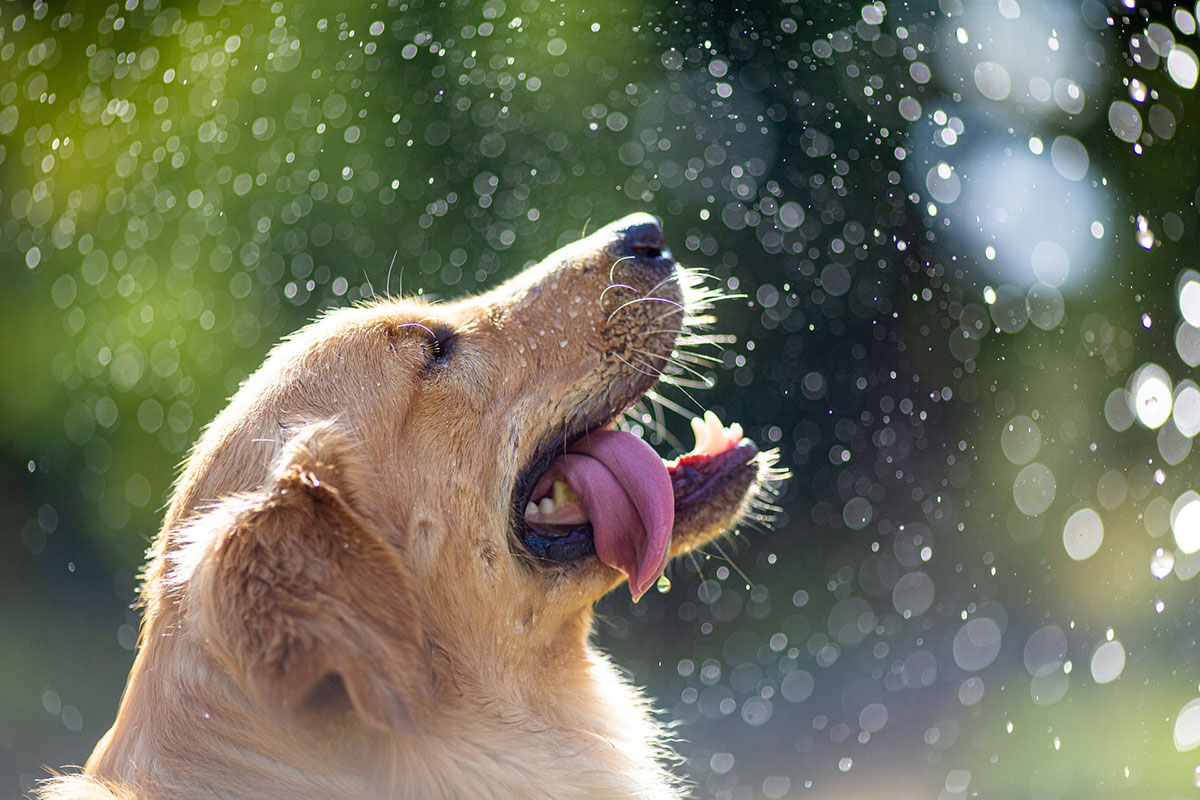



Reviews
There are no reviews yet.